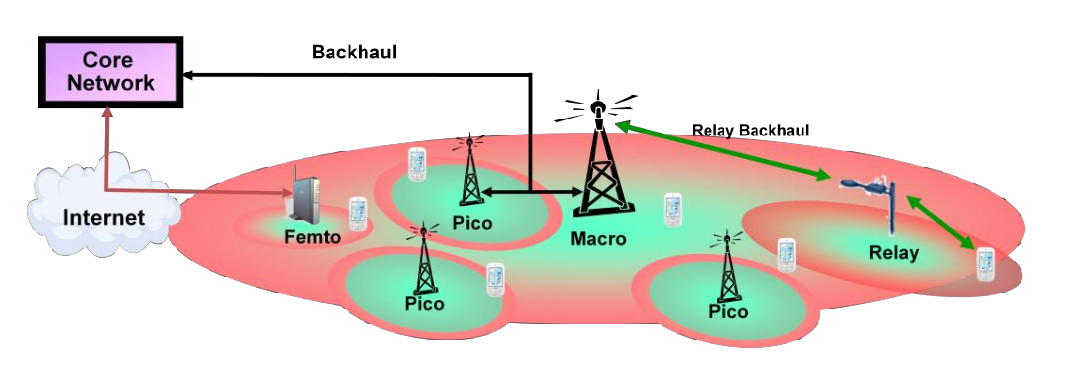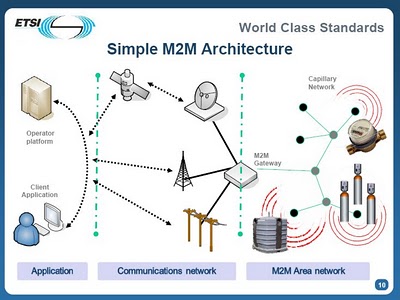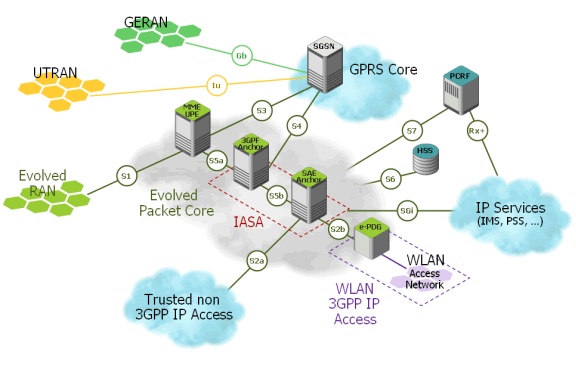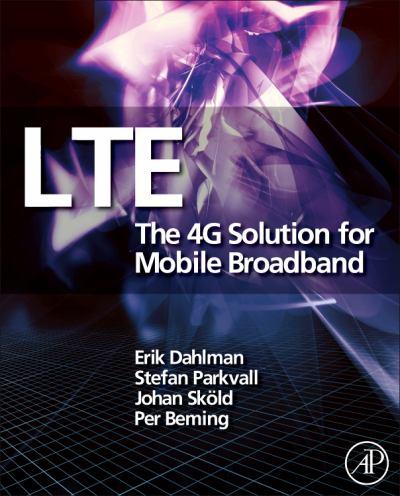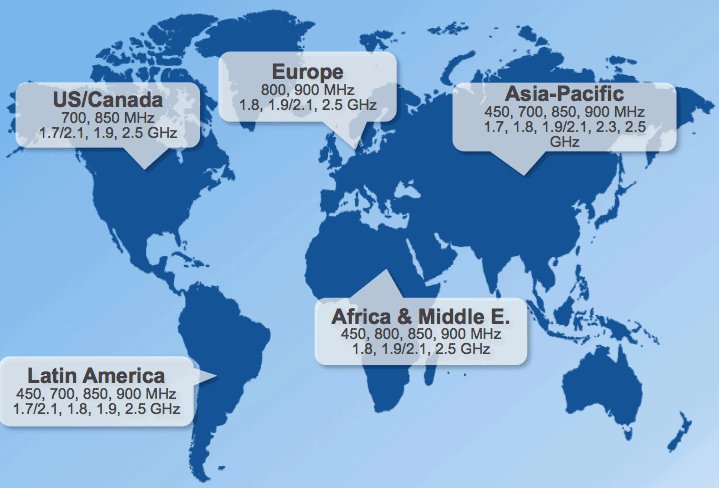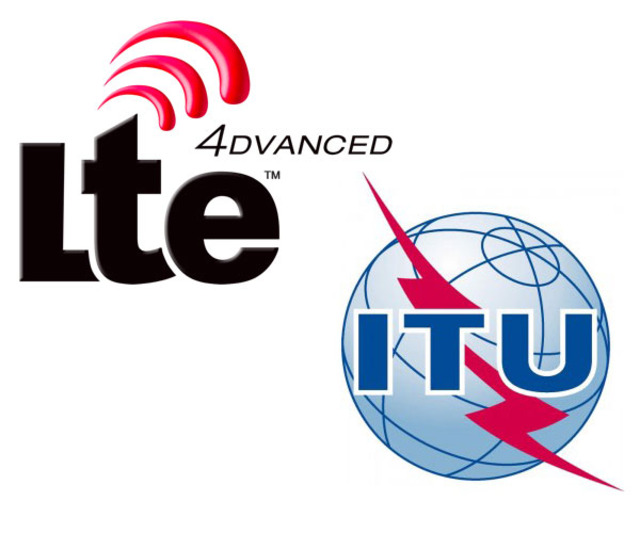
Non-Voice Emergency Services in 3GPP
While going through latest changes in 3GPP I found out that this new feature “Non-Voice Emergency Services”. It is potentially a big and important feature in next generation mobile networks which are mostly IP driven. So what is Non-Voice Emergency Services? Traditionally all the emergency services were over voice (CS) interface, but instead it is better to have a alternative (more ..)

